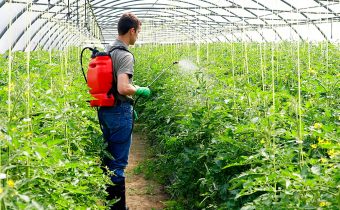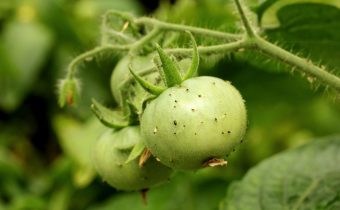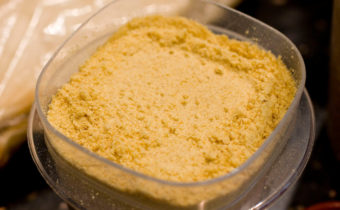White bloom in flower pots: causes and methods of struggle
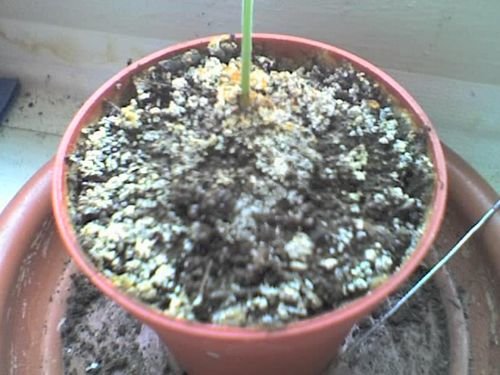
White bloom on the soil of indoor plants - not uncommon. It can appear due to improper watering, lack of or excess fertilizer, due to the development of fungus, the appearance of midges and for other reasons. To deal with it is necessary and possible. But first you need to determine the cause of the appearance. Elimination measures and preventive measures will depend on this.
Causes of
One of the reasons lies in the wrong watering. For the development of all the flowers need to be watered with water, settled for a day at room temperature, or best of all rain. The liquid from the tap is saturated with chlorine, too hard, as a result of which a white calcareous sediment appears, therefore it is not suitable for irrigation. After it, dry granules are formed, which can be removed and then replaced with fresh earth.
It is also not worthwhile to expose the culture to waterlogging, because the excess water begins to evaporate, salts will appear on the soil. This can happen if the flower is rarely watered. It is necessary to ensure that the liquid does not linger in the ground, but passes through it, exits into the drainage layer, which does not allow it to evaporate. Dry air in the room leads to the evaporation of the liquid, so you need to monitor the humidity.
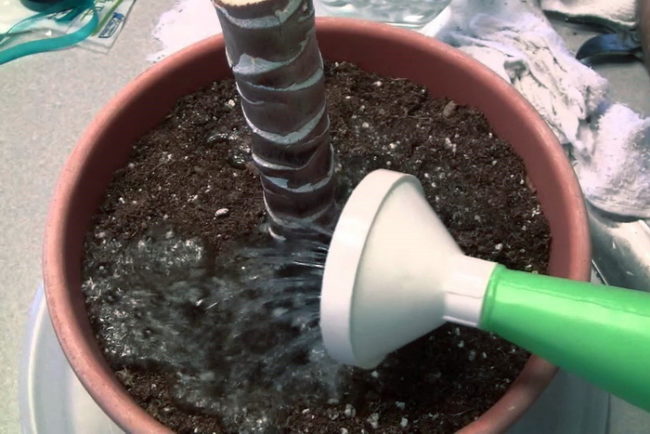
It is necessary to water a flower with a frequency of 5 minutes, until water emerges from the holes in the bottom of the pot. This will mean that the earth is completely soaked.
Chlorinated water is amenable to mitigation. To do this, you can boil, freeze, or use special tools. To reduce the effects of chemical compounds, you can add regular lemon or lemon juice.
A raid on the surface may occur if too much fertilizer is added to the flower. Improper feeding may spoil the condition of the land, so you need to monitor its quantity.
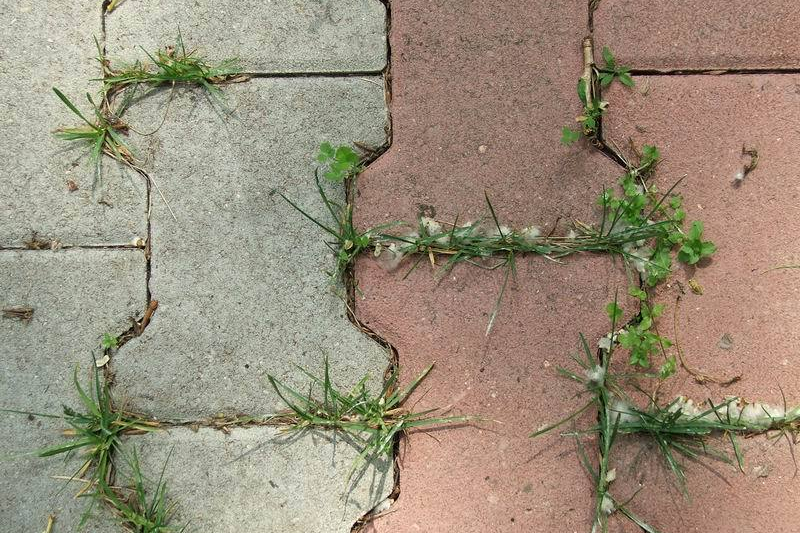
The reason for white bloom can be in a large amount of land, with a small plant. The roots will not get enough moisture, and its surplus will remain on the surface in the form of salts. Also the cause of plaque is soft water.
In addition to these reasons, biological processes also affect the appearance of plaque. One of these factors are fungi, which are formed from waterlogging. Sometimes, in the purchased soil composition is already mold. It is not dangerous for already grown crops, but disastrous for young seedlings, as it penetrates to the very bottom of the pot. From this land you need to get rid of.
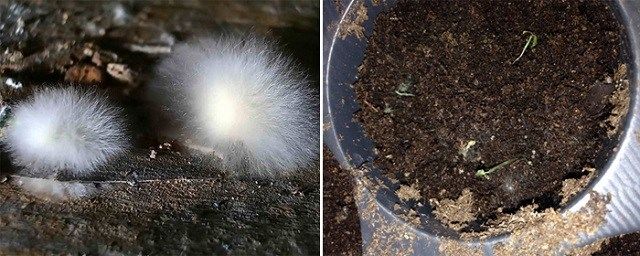
If there is mold in the acquired soil, then it is impossible to plant seedlings in it, otherwise a destructive infection will occur for the roots, the stalks and the flower will die.
The appearance of white bloom, resembling a fluff with an unpleasant smell of the earth, occurs because of the fungus. An appropriate climate for the reproduction of microorganisms is created by excessive irrigation. In such a situation, you should use all the ways to save the soil and replace it with a new one. Treatment with fertilizers will help destroy fungal infections, as well as prevent them. Further monitor the irrigation and soil moisture
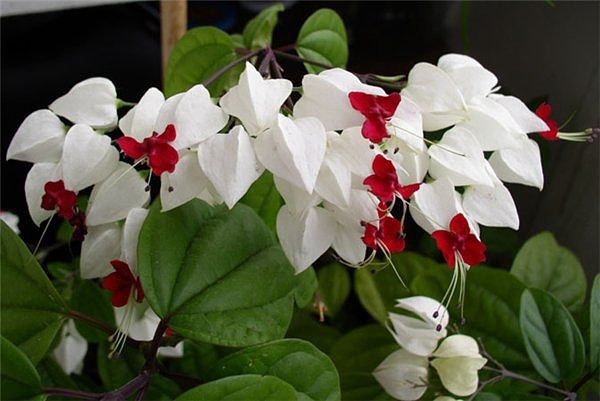
In some cases, small midges appear in the ground, feeding on rot. To get rid of them, to begin to remove the flaccid and rotten parts of the plant. It is difficult to fight insect pests, so the easiest way to get rid of contaminated land is to clean and process the roots of a flower, and transplant it into fresh soil. Wet soil is always an attractive place for pests that lay larvae in it. In order not to allow this to happen, it is necessary to monitor the top layer, which must be dry, and in the pot there must be holes for water drainage. Rooms in the house need to be periodically aired and treated with anti-pest agents.
How to get rid
If white fluff with rotten smell appears on the soil with a houseplant, then you need to change the time of watering and repeat it after the top layer of the soil becomes dry. It is also necessary to loosen the ground so that air gets into it, allowing the roots to breathe.
Against bacterial reproduction will help sphagnum moss and pieces of charcoal, which are added to the pot.
You can get rid of mold in the pot by removing it from the top layer of the soil, and then replace it with a new one. When transplanting plants, the soil must be decontaminated. Special preparations containing beneficial bacteria that will not allow the reproduction of microorganisms and fungi will relieve the rot. The powdered agent must be dissolved in water according to the instructions, let it brew for a couple of hours, and then pour.
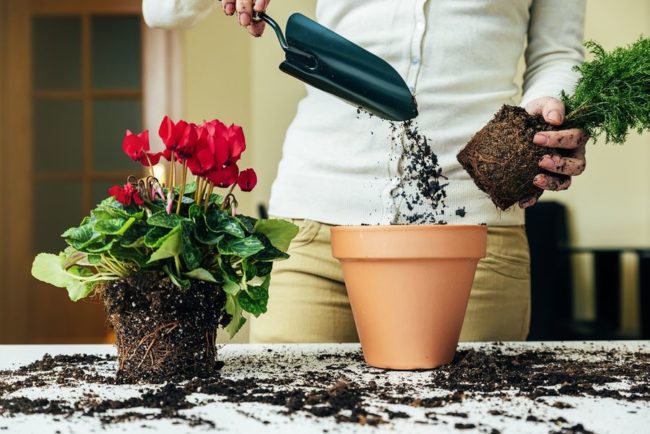
From mold well add citric acid. It must be diluted in a glass of water and pour over the top layer. Due to the acidic environment, fungi and mold cannot reproduce in it, therefore they disappear immediately. But it is desirable to apply this solution to those flowers that tolerate exposure to an acidic environment.
Water softening methods:
- Boiling. To do this, boil water and defend it throughout the day. After that, pour the liquid into the watering can, and remove the remaining sediment. Such water is suitable for irrigation, but it lacks oxygen, which is not very useful for flowers. However, it is not capable of causing damage to the plant and this method is completely safe if there is no other.
- Upholding. This method is suitable for large volumes of water. It is necessary to fill the tank, cover it with a gauze cloth so that nothing gets inside and thus protect against insects. Water should infuse during the day. It retains oxygen and structure, but it is still impossible to drink such water, but it is well suited for irrigation. So that it can be drunk, the water is boiled.
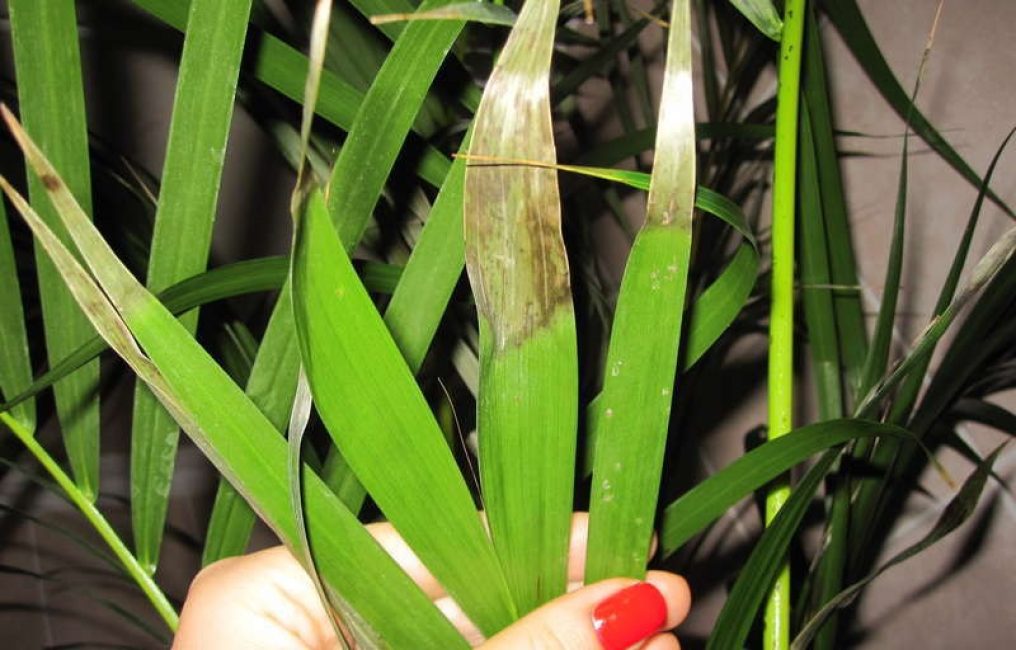
Having correctly identified the cause, you can begin to fight with white bloom. Literate measures will help prevent the death of the plant.


